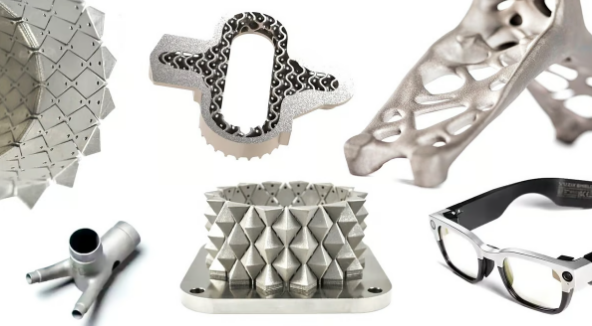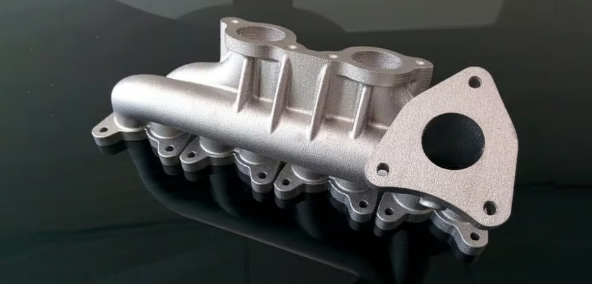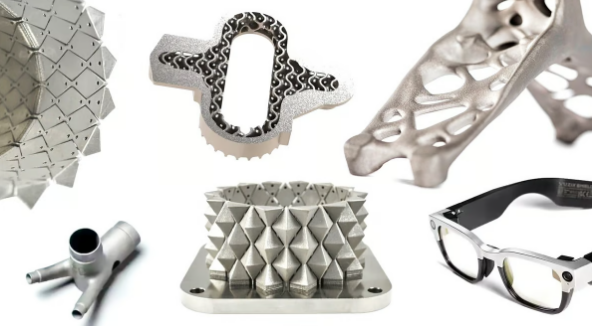Titanium is expensive and parts made from the material are often complex, making traditional manufacturing methods expensive.3D printing is becoming increasingly popular in certain application areas due to its enormous potential to reduce manufacturing costs, especially in industries such as aerospace, medical devices and automotive.


As an additive manufacturing technology (rather than subtractive manufacturing),3D printing generally produces less waste, and parts designed to be 3D printed often require fewer materials. Manufacturers can also save time, energy and tooling costs with 3D printing. Let’s take a closer look at the current state of titanium 3D printing, the machines, services and companies using it.
choose6 reasons to 3D print instead of machines or casting
material efficiency
Traditional processing techniques such asCNC milling often results in a lot of material waste. When using expensive titanium, 3D printing (also known as additive manufacturing) only requires enough material to make the part and some supports, while the rest of the titanium powder can be used for the next print.
titanium3D printing can produce parts very close to the desired final shape, reducing the need for extensive post-processing and further reducing waste.
Design Optimization
3D printing allows you to create complex and lightweight structures that are difficult or impossible to produce using traditional methods. This allows parts to use less material while maintaining strength and functionality.
One way engineers do this is by usingCAD software performs topology optimization to reduce part weight by removing unnecessary materials. This is particularly beneficial in industries such as aerospace, where reducing weight can result in significant savings.
3D printing can produce complex integrated components that typically require the assembly of multiple parts. By consolidating multiple parts into a single print during the design phase, companies can reduce assembly time, labor costs and potential points of failure. With fewer parts, the supply chain is simplified, requiring fewer multiple suppliers and reduced logistics costs.
No tools or installation fees required
For titanium castings, traditional manufacturing requires custom tooling, such as molds.3D printing eliminates the need for molds or cores because parts are printed directly from digital files. Changes to part designs can be implemented quickly without requiring new tools, reducing costs associated with design changes.


The prototype engine’s titanium exhaust manifold weighs onlyHalf of Inconel, Zenith Technica prints and delivers to customers within seven days (Source: Zenith Technica)
Shorter delivery times
Use internal metalWith 3D printers, the delivery time for individual parts may be only a few days, while 3D printing services may require longer shipping times. With shorter production times, companies can make parts on demand without any standing inventory.
Customization and flexibility
3D printing allows custom parts to be customized without remanufacturing, making it easier and more cost-effective to produce custom or low-volume products, such as patient-specific surgical instruments. 3D printing can produce parts with lower mechanical complexity, resulting in components that last longer and require less maintenance, further reducing operating costs.
Save energy
titanium3D printing processes, such as electron beam melting (EBM) or selective laser melting (SLM), are often more energy efficient than traditional machining, especially when considering the need reduce post-processing and material recycling efforts.
Compiled source: ALL3DP
Daguang focuses on providing solutions such as precision CNC machining services (3-axis, 4-axis, 5-axis machining), CNC milling, 3D printing and rapid prototyping services.

















